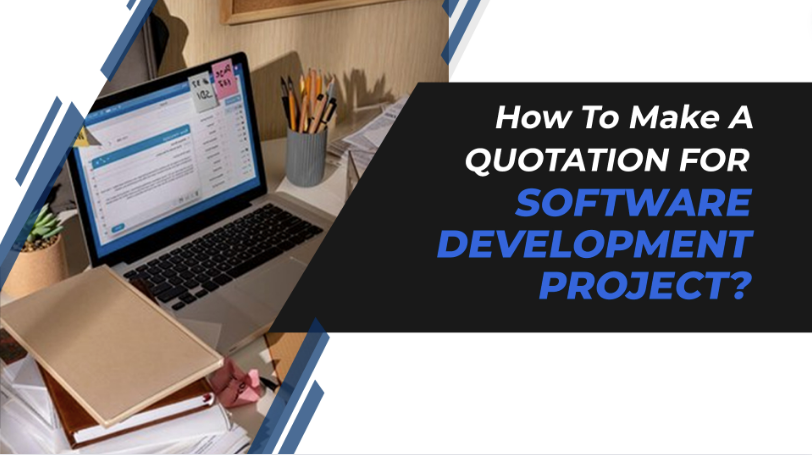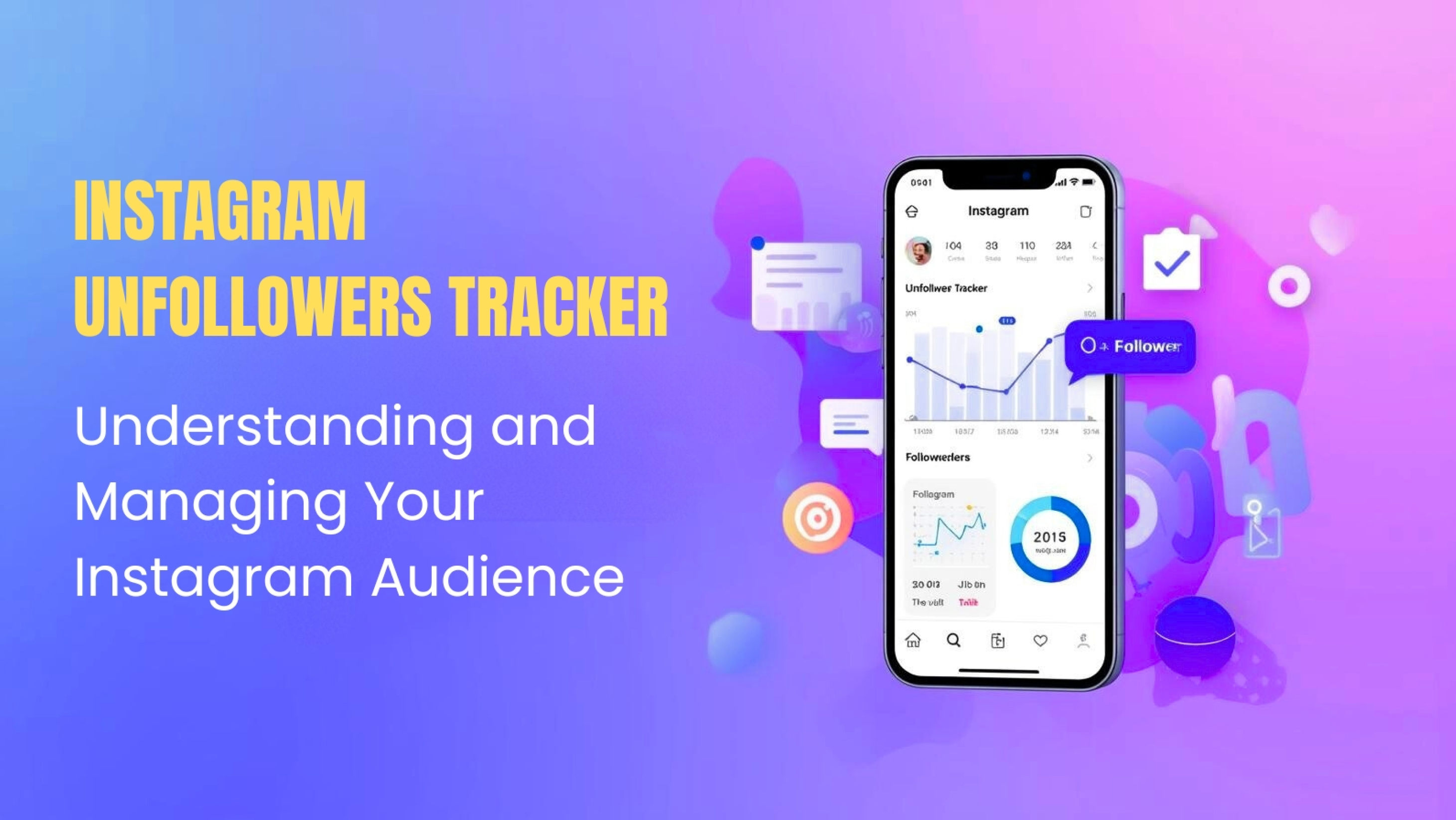One of the most important steps in laying the groundwork for a fruitful working relationship between a customer and a development team is producing an accurate and comprehensive quote for a software development project. A well-written quote guarantees a mutual grasp of project requirements in addition to offering transparency regarding prices and schedules. We will examine the crucial processes involved in creating a quote for a software development projects in this extensive article.
1.Understanding Client Requirements:
It's important to fully comprehend the client's needs before delving into the specifics of a quotation. Hold thorough conversations, collect project details, and address any uncertainties. The quotation will be based on a thorough knowledge of the features, functions, and scope of the project.
2. Defining the Project Scope:
Establish the project scope when the requirements have been obtained. Give a detailed description of the features and functions that will be created, along with any restrictions or omissions. Throughout the development process, a clearly defined scope helps to minimize misunderstandings and sets expectations.
3. Estimating Time and Resources:
To create a realistic quotation, accurate calculation of time and resources is essential. Divide the project into manageable tasks, take into account each one's complexity, and forecast how many hours will be needed for development, testing, and project management. Determine the resources required as well, such as developers, designers, and any other specialist positions.
4. Determining the Technology Stack:
Indicate which technology stack will be applied during development. Databases, frameworks, programming languages, and any tools or APIs from third parties are all included in this. A clear explanation of the technological stack guarantees that the project is in line with the client's preferences and limits while also assisting them in understanding the technical components of it.
5. Calculating Development Costs:
Determine the development expenses by utilizing the projected time and resources. Take into account the hourly pay for each project-related position. Remember to account for any additional charges, such as software license fees, third-party integrations, or other ancillary costs. Include a clear breakdown of these expenses in the quote.
6. Outlining Testing and Quality Assurance:
The methods for quality assurance and testing that will be used during the development lifecycle should be well defined. User acceptability testing, integration testing, unit testing, and any other pertinent quality control procedures may fall under this category. Stressing the value of testing gives the customer assurance about the finished product's dependability.
7. Creating a Detailed Project Timeline:
Create a thorough project schedule that includes important deadlines and benchmarks. Identify the stages of the development process and the projected completion dates for each one. This timeline gives the customer and development team a clear picture of the project's status and acts as a roadmap.
8. Incorporating Payment Terms:
Specify the terms of payment in the quote. This might involve one or more of the following payments: an advance, payments for meeting project milestones, and a final payment at the end of the project. To prevent any miscommunications and guarantee a seamless financial transaction, clearly explain the terms of payment.
9. Including Terms and Conditions:
Add a section outlining the project's terms and conditions. Talk about things like confidentiality agreements, dispute resolution procedures, and intellectual property rights, among other things. By clearly stating these terms, the interests of both parties are protected.
10. Offering Optional Add-ons or Services:
Provide the client alternatives for extra features or services they might find useful, if relevant. This can involve scalability choices, upcoming product improvements, and continuing maintenance and support. By giving the customer these choices, the software's long-term viability may be decided upon with knowledge.
11. Drafting a Clear and Concise Quotation Document:
Combine all the data into an understandable and succinct quote paper. The paper need to be aesthetically pleasing, well laid out, and easy to read. For improved readability, use tables, bullet points, and headers. A well produced quote gives the client trust and speaks well of the development team.
12. Reviewing and Revising:
Perform an internal evaluation prior to sending the estimate to the customer. Make sure there are no inconsistencies and that every component of the project is appropriately represented. If required, get feedback from stakeholders or other team members to improve the quotation's completeness and accuracy.
13. Presenting the Quotation to the Client:
Show the client the quotation when the internal evaluation is over. Arrange a call or meeting so that you may discuss the material and handle any queries or worries they may have. Be ready to provide an explanation of the estimates' justification and insights into the benefits the project will provide.
14. Navigating Negotiations:
Clients frequently ask for changes or bargain for certain terms in the estimate. Be willing to have frank conversations and, if needed, to make appropriate modifications. Maintaining a healthy client connection at this time requires effective communication.
15. Finalizing the Quotation:
Complete the quote after resolving any issues raised by the customer or any discussions. This might entail getting both parties' official consent and revising the document to reflect the modifications that have been agreed upon. The official contract or agreement between the customer and the development team is based on a completed quotation.
16. Documenting Changes:
Throughout the development process, if the project's features, scope, or deadlines change, make sure to record the changes and notify the customer as soon as possible. A clear and open change management procedure guarantees that all stakeholders are informed of and concur with any project changes.
Conclusion:
Developing a thorough software development project quotation calls for a methodical and strategic strategy. A well-crafted quotation lays the groundwork for a successful partnership by comprehending the needs of the customer, clearly outlining the project's scope, precisely estimating the time and resources needed, and including clear payment terms and conditions. Building confidence with the customer and laying a strong basis for the development process requires effective communication and a dedication to openness throughout the quote process.
















Post Comments